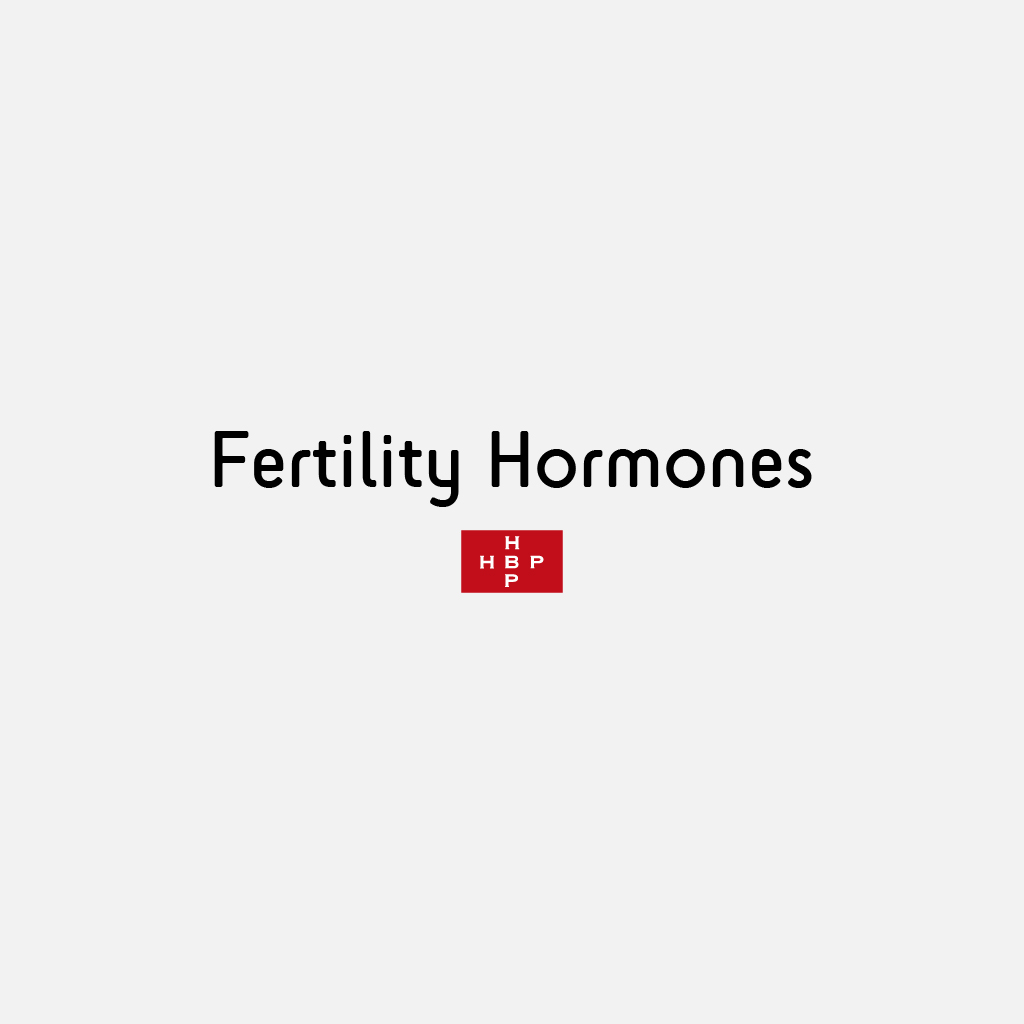Oncology / Hematology / Fertility

Fertility Hormones
Recombinant form of human FSH (r-hFSH) and HCG (rHCG) are derived from genetically engineered Chinese hamster ovary cells through recombinant DNA technology. The purification strategies and advanced quality control techniques applied at each step of the process developed in Helvetic BioPharma guaranteed that the biosimilar characteristics of the proteins are fully preserved. It results in high level batch-to-batch consistency. Such a consistency has been proven to provide safe and more effective treatment of infertility.
Product Details
Recombinant gonadotropins have been shown to be safe and effective in the treatment of fertility disorders. The genes for the alpha and beta subunits of follicle-stimulating hormone (FSH) and human chorionic gonadotropin (HCG) have been characterized and cloned. Recombinant gonadotropins avoid the use of human source materials and therefore avoid the risk of animal disease’s transmission.
- MW = FSH 29.4 kDa, HCG 38.4 kDa
- Source: Eukaryotic cells
- Amino acid sequence:
Alpha subunit primary sequence:
Ala – Asp – Val – Gln – Asp – Cys – Pro – Glu – Cys-10 – Thr – Leu – Gln – Asp – Pro – Phe – Ser – Gln-20 – Pro – Gly – Ala – Pro – Ile – Leu – Gln – Cys – Met – Gly-30 – Cys – Cys – Phe – Ser – Arg – Ala – Tyr – Pro – Thr – Pro-40 – Leu – Arg – Ser – Lys – Lys – Thr – Met – Leu – Val – Gln-50 – Lys – Asn – Val – Thr – Ser – Glu – Ser – Thr – Cys – Cys-60 – Val – Ala – Lys – Ser – Thr – Asn – Arg – Val – Thr – Val-70 – Met – Gly – Gly – Phe – Lys – Val – Glu – Asn – His – Thr-80 – Ala – Cys – His – Cys – Ser – Thr – Cys – Tyr – Tyr – His-90 – Lys – Ser.
Beta subunit primary sequence of FSH:
Asn- Ser -Cys- Glu- Leu -Thr- Asn -Ile- Thr- Ile- 10 Ala- Ile- Glu -Lys -Glu -Glu- Cys -Arg -Phe- Cys 20- Ile -Ser- Ile- Asn- Thr -Thr- Trp- Cys- Ala- Gly- 30 -Tyr -Cys -Tyr- Thr- Arg- Asp- Leu- Val -Tyr- Lys- 40- Asp -Pro -Ala- Arg- Pro- Lys- Ile- Gln- Lys- Thr -50 -Cys -Thr- Phe -Lys- Glu Leu -Val- Tyr- Glu -Thr- 60 -Val- Arg -Val- Pro- Gly -Cys- Ala -His- His- Ala- 70-Asp- Ser- Leu- Tyr- Thr- Tyr- Pro- Val- Ala- Thr- 80- Gln- Cys- His- Cys- Gly- Lys -Cys- Asp- Ser- Asp- 90 -Ser Thr- Asp- Cys- Thr- Val -Arg -Gly -Leu -Gly- 100- Pro- Ser- Tyr- Cys -Ser- Phe- Gly -Glu -Met -Lys-110 -Glu.
Beta subunit primary sequence of HCG:
Ser – Lys – Glu – Pro – Leu – Arg – Pro – Arg – Cys – Arg-10 – Pro – Ile – Asn – Ala – Thr – Leu – Ala – Val – Glu – Lys-20 – Glu – Gly – Cys – Pro – Val – Cys – Ile – Thr – Val – Asn-30 – Thr – Thr – Ile – Cys – Ala – Gly – Tyr – Cys – Pro – Thr-40 – Met – Thr – Arg – Val – Leu – Gln – Gly – Val – Leu – Pro-50 – Ala – Leu – Pro – Gin – Val – Val – Cys – Asn – Tyr – Arg-60 – Asp – Val – Arg – Phe – Glu – Ser – Ile – Arg – Leu – Pro-70 – Gly – Cys – Pro – Arg – Gly – Val – Asn – Pro – Val – Val-80 – Ser – Tyr – Ala – Val – Ala – Leu – Ser – Cys – Gln – Cys-90 – Ala – Leu – Cys – Arg – Arg – Ser – Thr – Thr – Asp – Cys-100 – Gly – Gly – Pro – Lys – Asp – His – Pro – Leu – Thr – Cys-110 – Asp – Asp – Pro – Arg – Phe – Gln – Asp – Ser – Ser – Ser – Ser – Lys – Ala – Pro – Pro – Pro – Ser – Leu – Pro – Ser-130 – Pro – Ser – Arg – Leu – Pro – Gly – Pro – Ser – Asp – Thr-140 – Pro – Ile – Leu – Pro – Gln
Human Chorionic Gonadotropin (HCG), Luteinizing hormone (LH) and follicle-stimulating hormone (FSH) are essential for normal reproductive functions. In contrast to HCG, LH and FSH are both synthesized in the pituitary and stimulate gametogenesis and steroidogenesis in the ovary and testis. On the other hand, Thyroid Stimulating Hormone (TSH) belongs to the same family and is produced by the anterior pituitary, but in this case regulates thyroid functions. All together form the glycoprotein hormone family, which are noncovalent heterodimers of α and β subunits. The α-subunits of LH and HCG show a high degree of similarity and the β-subunit is unique and confers the biological specificity for each hormone. Gonadotropin receptors are sialoglycoproteins with structural similarity, although all of gonadotropins show different polypeptide chains, they can bind the same cellular receptor.
